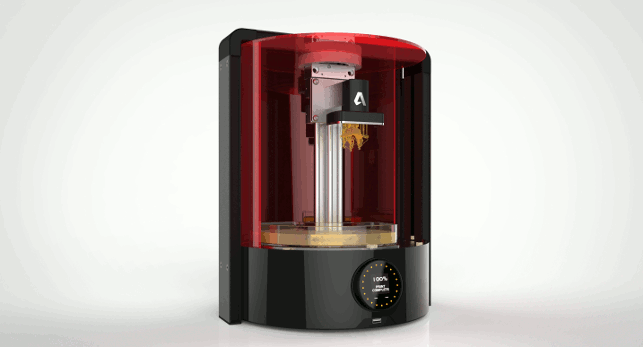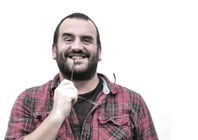Last year was all about the FDM-based machines. Will 2014 go down as the year that stereolithography became a more common process in the design office? Al Dean thinks that all the signs point towards exactly that happening
The burgeoning interest in 3D printing and everything that surrounds it continues unabated. But there now appears to be a lot of interest around stereolithography in particular.
Just this month, we’ve seen new ‘desktop’ machines from a whole range of manufacturers.
FormLabs has improved upon its initial offering to promise more reliable builds and more geographically convenient servicing options.
//www.youtube.com/embed/PgOWfzSnorg?rel=0
Italian specialist DWS, a company that has historically concentrated on wax-based 3D printers for the medical and jewellery sectors, has also released the XFAB. This new stereolithography-based machine looks slick, has a much wider target audience and, as you’d expect from Italians, looks killer.
Autodesk is also getting into the game with its own machine, slated for release later this year. Stereolithography is at its core and the price point is sub $5,000/€5,000.
There are also a few projects that have come out of the KickStarter treadmill (the B9 Creator perhaps being the best known).
The older guard is also reacting against this new breed of lower-cost machines.
Envisiontec has a slew of new 3D printers coming and the granddaddy of them all, 3D Systems, showed that it wasn’t taking things lying down with the launch of the ProJet 1200 earlier this year.

Autodesk’s forthcoming 3D printer
So what’s the big deal?
What all of this shows is that, now that the core stereolithography patents have expired, there’s a lot of action. And for the professional, that’s something to get excited about.
FDM is great if you require tough, usable, plastic parts. Sintering is best suited to parts that need to perform as well as having the same form as the final production intent.
But stereolithography excels at producing parts with fine detail and super high quality surfaces.
Until last year, stereolithography had a pretty high adoption cost though. Traditional machines are pricey beasts, in terms of not only the capital costs but also the resins to fill their typically large vats and to keep them running.
Serviceability is perhaps the most important factor in this new market segment of desktop stereolithography. If these machines are to be used in the design office, they need to be both reliable and easily serviced. Not by the operator (though this is a nice capability, if there), but by the company that sold it.
After all, having a high-resolution, high speed 3D printer on your desktop is one thing, but if it’s sat there gathering dust, it’s a pretty expensive ornament.
This is one thing that FormLabs is addressing. Not only is it introducing a one year warranty, but also bringing official service and repair to Europe. DWS has, for some time, been active across the globe so it has the capability already in place, if not directly, through resellers.
Then there’s Autodesk and its mystery machine. It’s based on Texas Instruments’ DLP chips, builds in UV curable resins and has some unique characteristics that should see it adopted amongst its huge user community and elsewhere.
Let’s just hope they’ve got those all important arrangements in place to support the professional user. If not, there’s still plenty more action in the market so we’re not limited in our choice, as we once were.
Three new printers from leading manufacturers
Default






